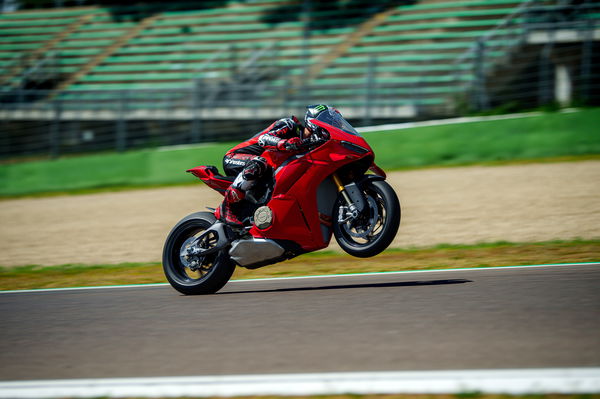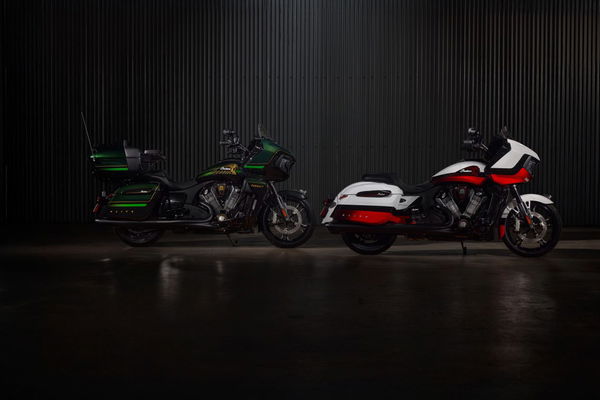Patent Shows Suzuki Still Eyeing Hydrogen
The images show a hydrogen-powered Burgman maxi-scooter which is not a new idea, although there have been some changes
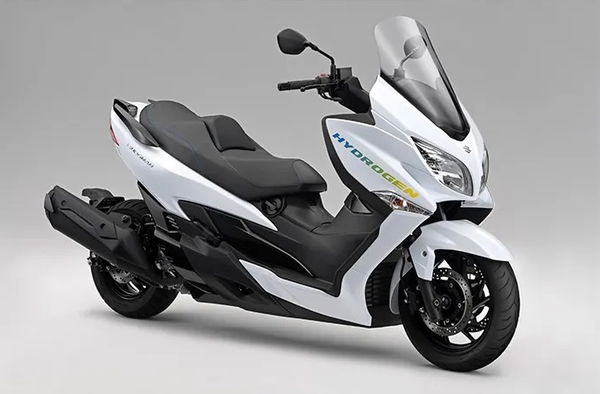
Suzuki may have dropped out of most top-level motorcycle racing series, but it’s not afraid of pushing forward with some innovation, as these new patent images show.
The story of a hydrogen-powered Suzuki Burgman scooter is not a new one, although as the patents show, Suzuki is still working on refining the design. It’s thought that the bike seen in the images is an update to the bike Suzuki displayed at the Tokyo Mobility Show in 2023. Specifically, the design highlights the storage tanks for the hydrogen gas, with one located under the seat and one beneath the running boards and in front of the engine.
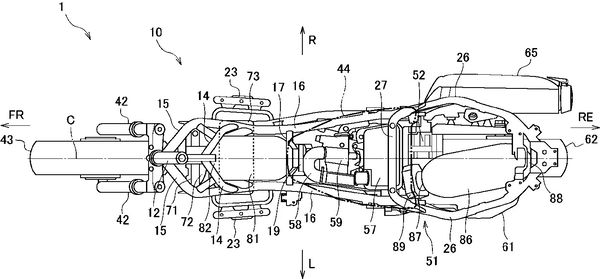
The revised location of the tanks replaces the previous design which utilised just one large tank in front of the engine which in turn impacted the packaging of the bike. The single tank design was, according to Cycle Worlds’ Ben Purvis, a factor that increased the overall length of the bike to the tune of 203mm. That’s a significant amount for an already long-wheelbase bike with small diameter wheels, and the new design should greatly improve the handling of the bike while also driving down manufacturing costs - as the stock Burgman chassis could be used with very little modification required.
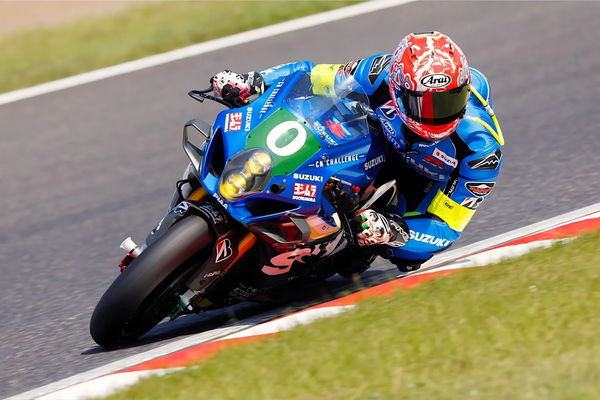
The hydrogen bike isn’t Suzuki’s only recent foray into the field of alternative fuels. At the Suzuka 8 Hours endurance motorcycle race last month the Hamamatsu brand entered an experimental GSX-R1000 which was powered by 40 per cent bio-fuel from the petro-chemical company Shell. The bike also featured recycled materials in its construction, including recycled carbon fibre for the bodywork, and unlike any GSX-R1000 to date, it also featured fairing-mounted winglets.
Really though it was the fuel that was the main talking point, and with the experimental bike coming home in eighth place at the end of the eight-hour race, it’s safe to say that viable alternatives to battery power do exist, if only governments could remove their blinkers they might see them.
As with all patents, they only give an idea of what the designer is looking to do, and give no scope for when the bike could land in dealerships in its finished form.
